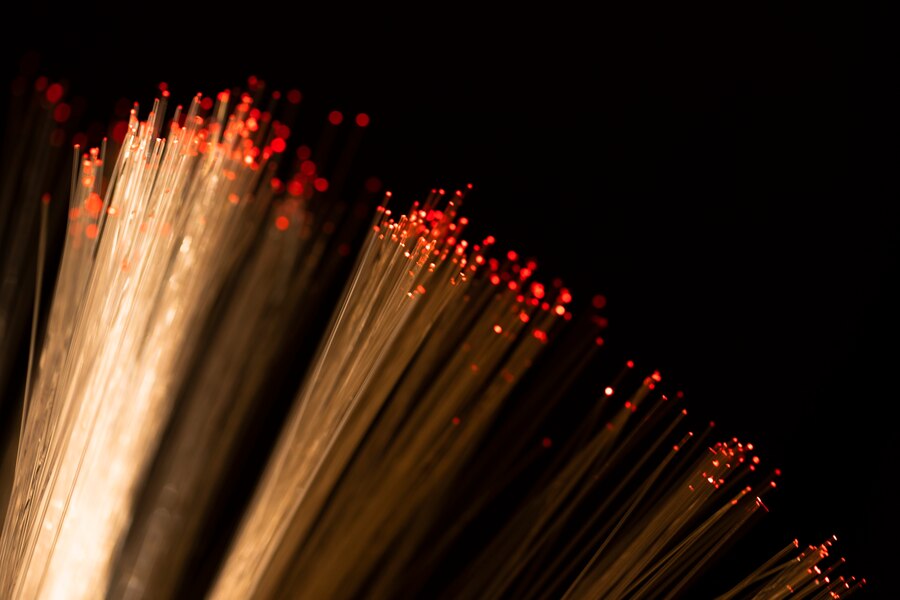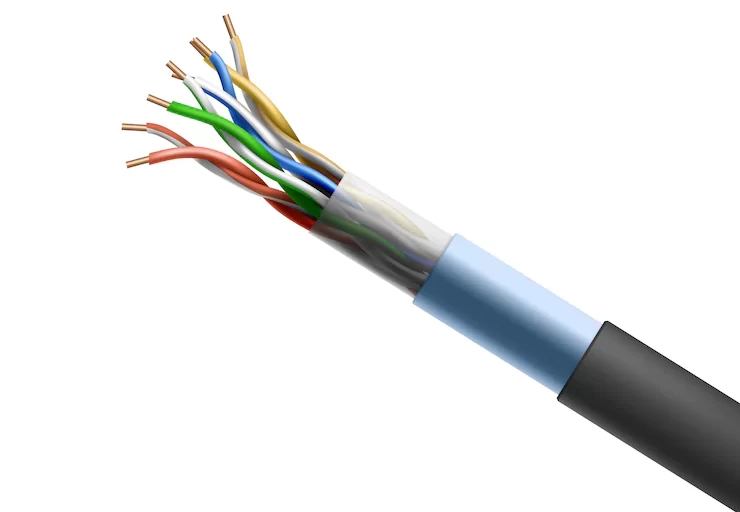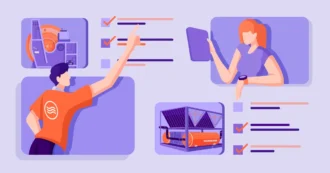The Complete Fiber Optic Guide
Fiber optics has become increasingly popular due to the need for fast data transactions. Fiber optic cable, also known as optical fiber cable, is an Ethernet cable that transmits data using one or more optic fibers. This cable almost resembles an electrical cable but has a higher price.
These cables are designed to use light pulses and support high-speed data transmission and long-distance communication. These cables usually run at speeds of 10 Gbps to 100 Gbps. Their vast availability means they are commonly used in telephone systems and cable televisions.
This cable entails five main parts; cladding, core, outer jacket, coating, and strengthening. The core consists of thin strands made using plastic or glass, while the cladding does the optical fiber work, as it consists of an insulated casing.
The strengthening safeguards the core from excess tension and crushing forces, making it more effective. On the other hand, the outer jacket guards the cable against unwanted hazards. Below we discuss the complete fiber optic gyro guide.
How the Optic Cable Works
The next question after knowing what an optic fiber cable is is how it works. Light moves down the cable by bouncing off the walls repeatedly. The cladding and fiber core bend the light towards a particular angle using their refractive index.
Light signals reflect off the cladding and core when sent via the fiber optic cable in a process known as total internal reflection.
Benefits of Fiber Optics
As stated above, fiber optics have become increasingly common due to their versatility. Below we discuss the main reason these optics have become increasingly prevalent;
Incredible Bandwidth and Data Transfer
Fiber speed is faster than sound, and these cables provide a significant bandwidth and fast data transfer. This explains why fiber optics have an improved bandwidth compared to metal wires.
Also, an improved bandwidth means the cable will carry more information and some work with speeds of up to 10 Gigabits.
Low Attenuation
Attenuation is also known as a loss; it tends to have a weak signal as the transmission reaches long distances. Fiber optics have a low attenuation compared to most cabling systems. This means a low signal is lost when transmitting.
Also, data travels ten times further with fiber optics before they require amplification. This further suggests that fiber optics have longer distance limitations because they can reach up to forty kilometers.
Improved Design
As stated above, fiber optics use light, unlike others that use electrical signals. This means they are immune to electromagnetic interference caused by lightning and storms. Also, fiber materials are made using glass, resistant to all interferences caused by temperature fluctuation.
The optic fiber material is also durable mainly because it is thin and lightweight. These cables have 5 times more capacity than copper and other cabling types.
Final Thoughts
Fiber optic cables have become increasingly common due to the enhanced demand for fast internet connections. These cables have numerous user benefits, and the above article has discussed all you need to know about them.
Kindly reach out to us for more information.


















